When it comes to home improvements, not every upgrade guarantees value. Many homeowners invest in flashy features or high-tech gadgets that sound impressive but don’t add meaningful comfort, functionality, or resale appeal. From overly customized layouts to luxury finishes that age quickly, some upgrades end up costing more than the benefit they provide. Knowing which projects to avoid can save money, stress, and future regret. Here’s a guide to 20 home upgrades that often aren’t worth the expense, so you can make smarter choices for your space.
1. High-End Kitchen Appliances
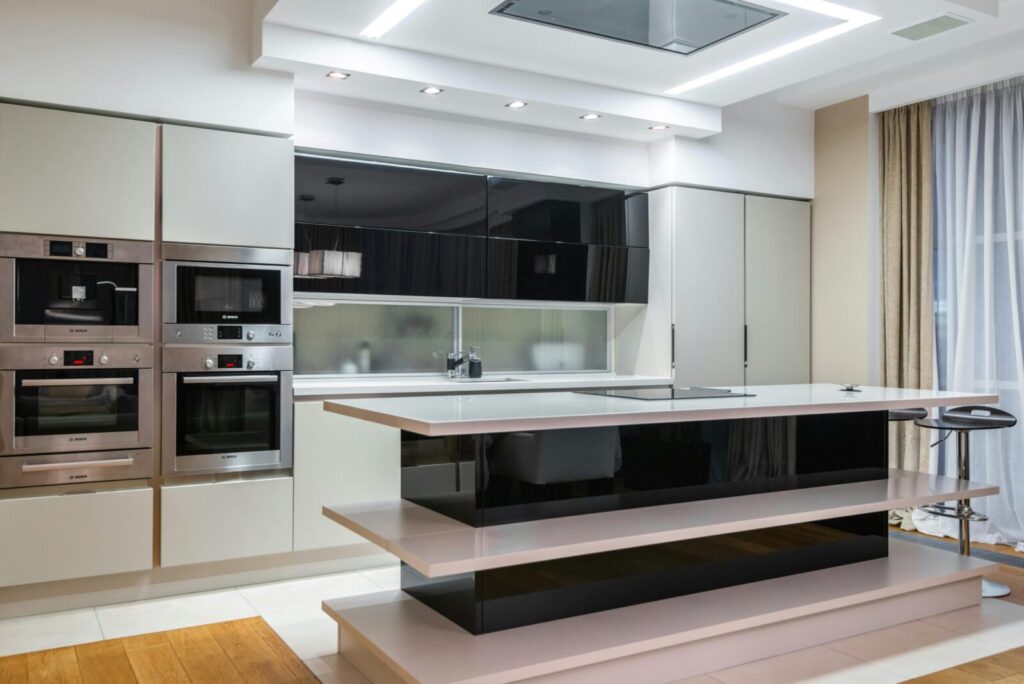
Luxury kitchen appliances can look impressive, but their added cost rarely translates into better cooking results for the average homeowner. Professional-grade ranges, wine refrigerators, or oversized fridges are tempting, but many people don’t utilize the extra power or capacity. They also require specialized maintenance, which increases long-term costs. For most homes, mid-range, energy-efficient models offer nearly identical performance without breaking the budget, making high-end appliances more of a status symbol than a practical upgrade.
2. Overly Customized Bathrooms
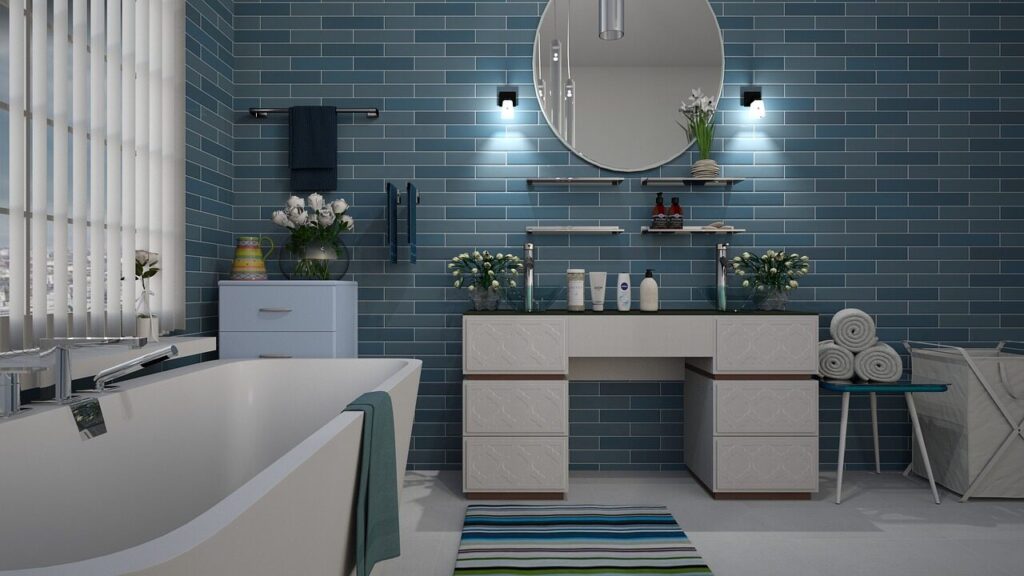
Custom-built showers, imported tiles, or themed bathrooms may feel glamorous, but they often deter buyers later. Unique layouts or niche features can make remodeling tricky and reduce resale appeal. While it’s tempting to splurge on spa-style tubs or fancy vanities, most homebuyers prefer neutral, functional designs they can personalize themselves. Instead of going ultra-luxury, focusing on durable materials and clean lines provides both comfort and long-term value without the hefty price tag.
3. Expensive Built-In Entertainment Systems
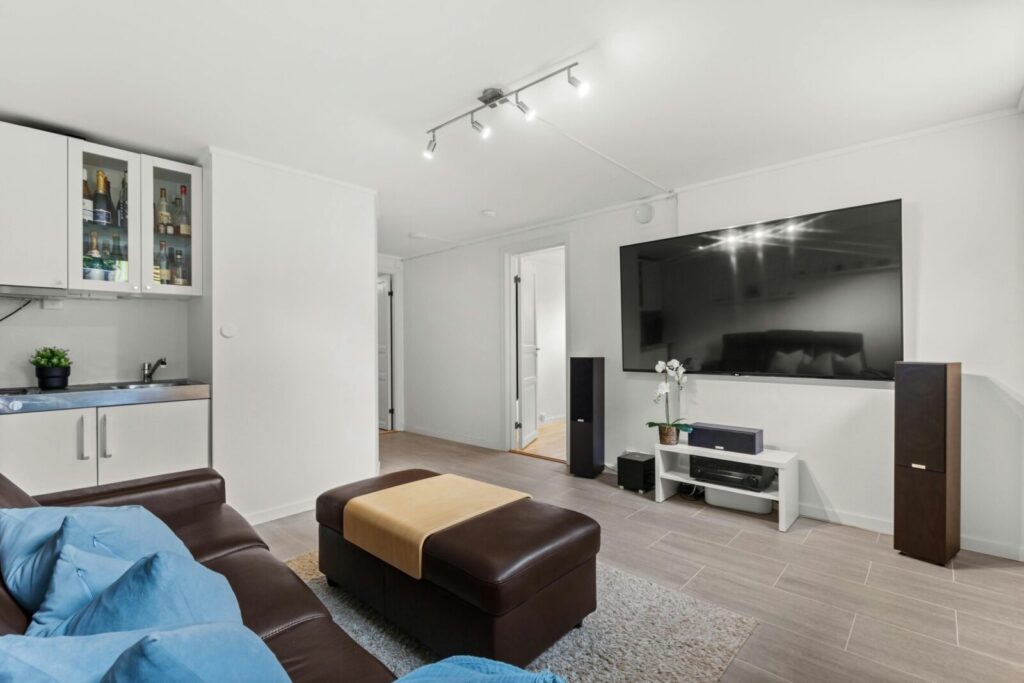
Integrated home theaters or elaborate sound systems sound exciting, but technology changes fast. A $10,000 built-in system may be obsolete within a few years, and future owners might prefer their own setups. Temporary solutions like wall mounts, smart TVs, or modular soundbars offer flexibility and similar experiences at a fraction of the cost. Investing heavily in permanent entertainment installations often locks you into outdated tech and reduces the overall return on your home investment.
4. Over-the-Top Landscaping
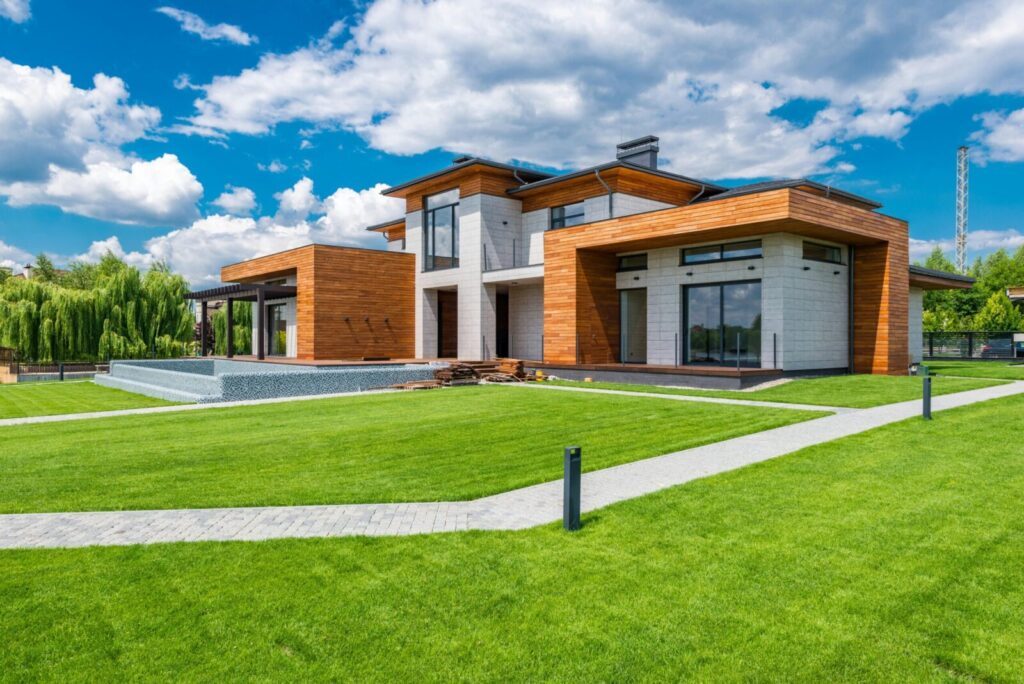
Manicured lawns, exotic plants, and elaborate water features can make a yard look stunning, but they require constant upkeep and can be expensive to maintain. Many homeowners underestimate ongoing irrigation, pruning, and seasonal care costs. Simpler landscaping with drought-tolerant plants, native shrubs, and clean layouts provides beauty without the constant maintenance. Over-designed outdoor spaces may impress guests initially, but they rarely pay off in terms of practicality or resale value.
5. Smart Home Systems That Overcomplicate
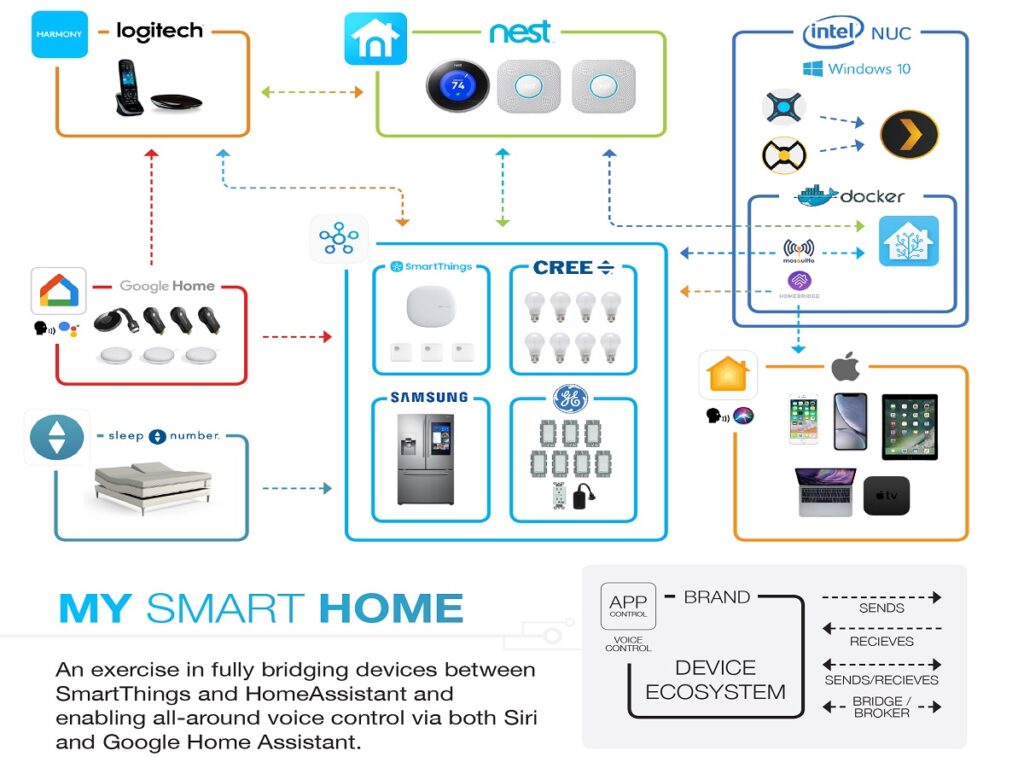
Home automation sounds appealing, but fully integrated smart systems can be confusing and costly. From automated lights to complex security setups, many devices require frequent updates and technical troubleshooting. Simple solutions like a few smart plugs, thermostats, or doorbells offer convenience without overwhelming homeowners. Overcomplicating daily functions may lead to frustration, and future buyers might prefer standard setups they understand. Investing in extreme smart upgrades often adds stress rather than real benefit.
6. Heated Floors in Every Room
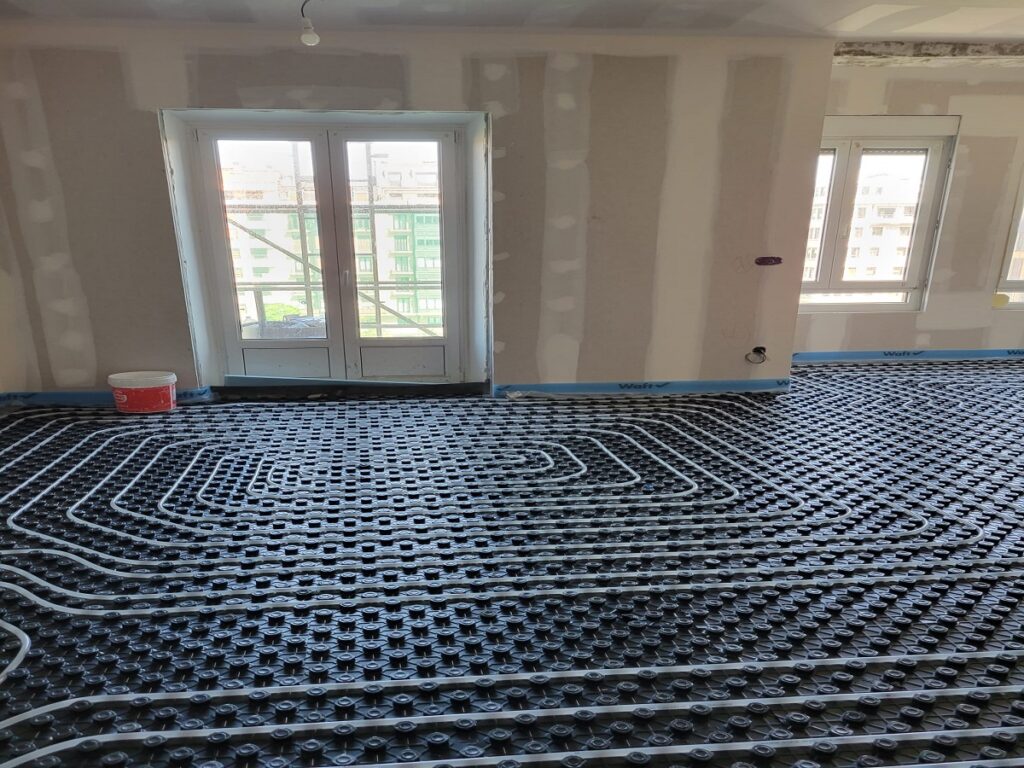
Heated flooring is luxurious, but installing it throughout an entire home is expensive and rarely necessary. The upfront cost, along with potential maintenance issues, can outweigh the comfort benefits. Many homeowners only use it occasionally, and traditional heating methods often provide sufficient warmth. Targeting heated floors to high-use areas like bathrooms or master bedrooms is far more cost-effective. Full-home radiant heat rarely increases property value enough to justify the substantial price tag.
7. Overly Large Walk-In Closets
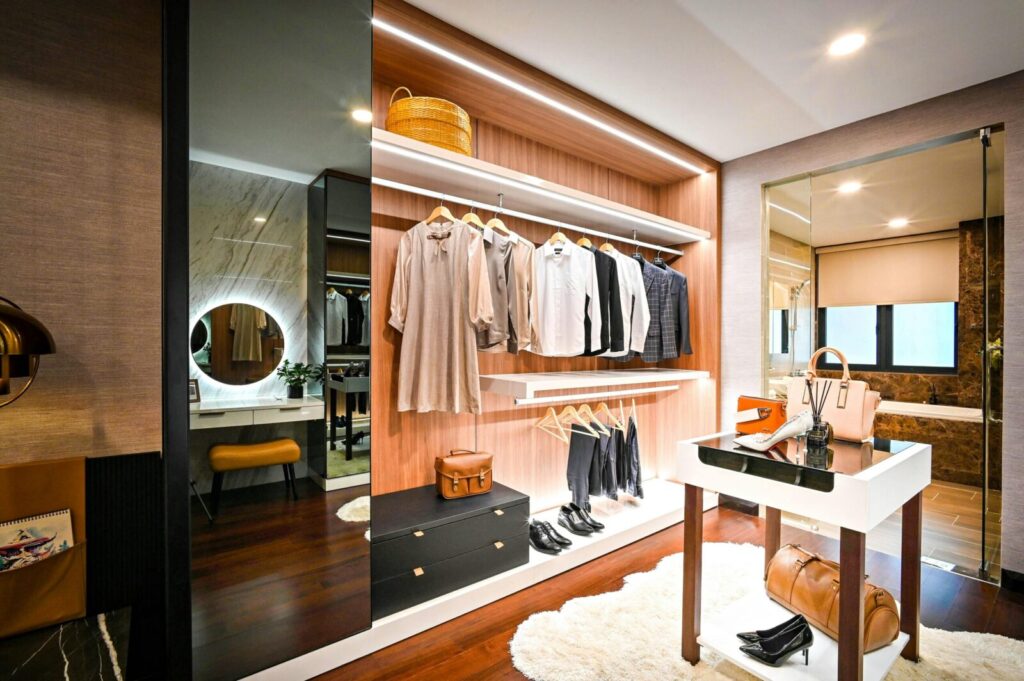
A massive walk-in closet may feel like a dream, but oversized spaces often come at the cost of functional living areas. Buyers may see it as wasted square footage if it sacrifices bedrooms or common spaces. Moderately sized, well-organized closets offer maximum storage and efficiency without consuming valuable space. Custom features can be added later if desired. In most homes, gigantic closets don’t add significant value and may limit design flexibility.
8. Custom Wine Cellars
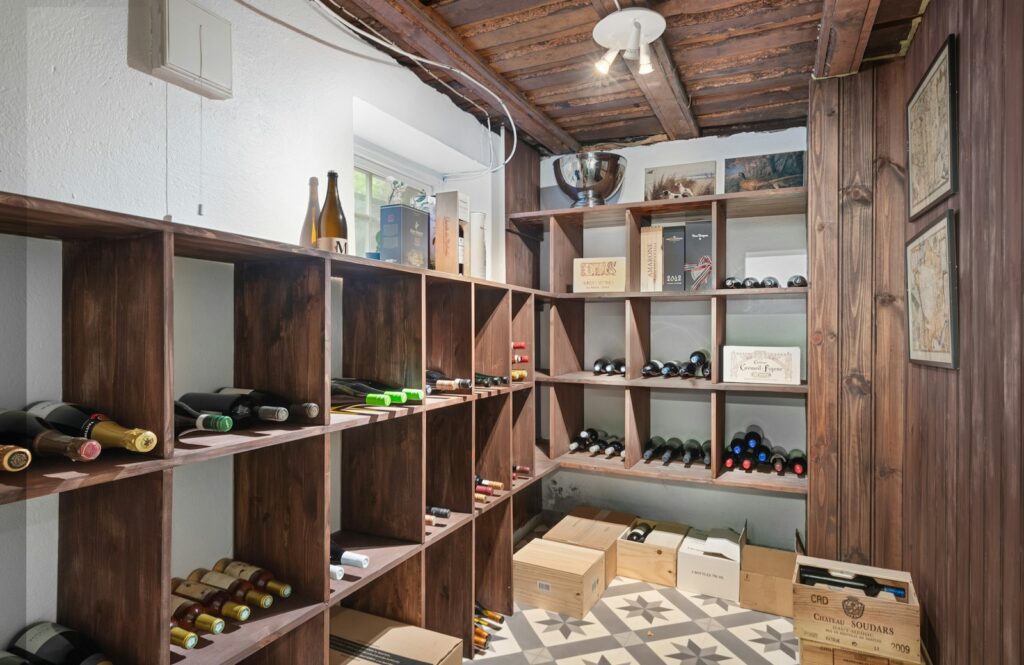
Wine cellars are often a status symbol rather than a practical upgrade. Most homeowners don’t need climate-controlled storage, and expensive cellar installations are difficult to maintain or relocate. Buyers may not share the same interest in wine, making the space less appealing during resale. Simple wine racks or temperature-controlled cabinets provide similar functionality at a fraction of the cost. Overly elaborate wine rooms are frequently underused and represent a poor return on investment.
9. Exotic Flooring Materials
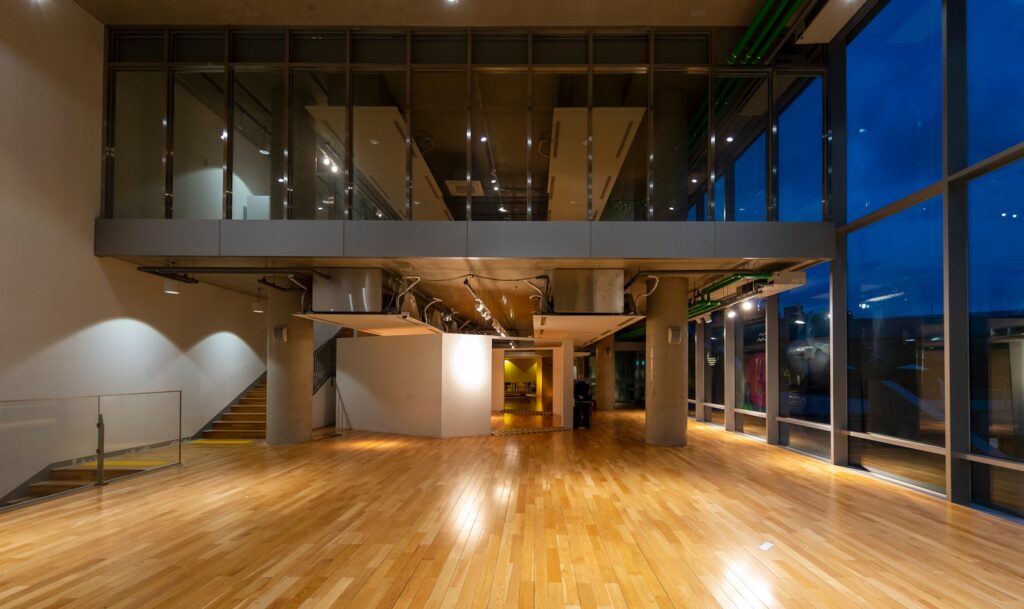
High-end exotic woods, imported stones, or intricate mosaics can look beautiful but often come with high costs and maintenance. They may scratch, fade, or stain more easily than durable domestic materials. Additionally, some buyers may not appreciate unusual flooring choices, reducing resale appeal. Alternatives like engineered wood or porcelain tile provide similar aesthetics, durability, and easier upkeep. Paying a premium for exotic flooring often delivers more visual appeal than practical value.
10. Luxury Bathroom Fixtures
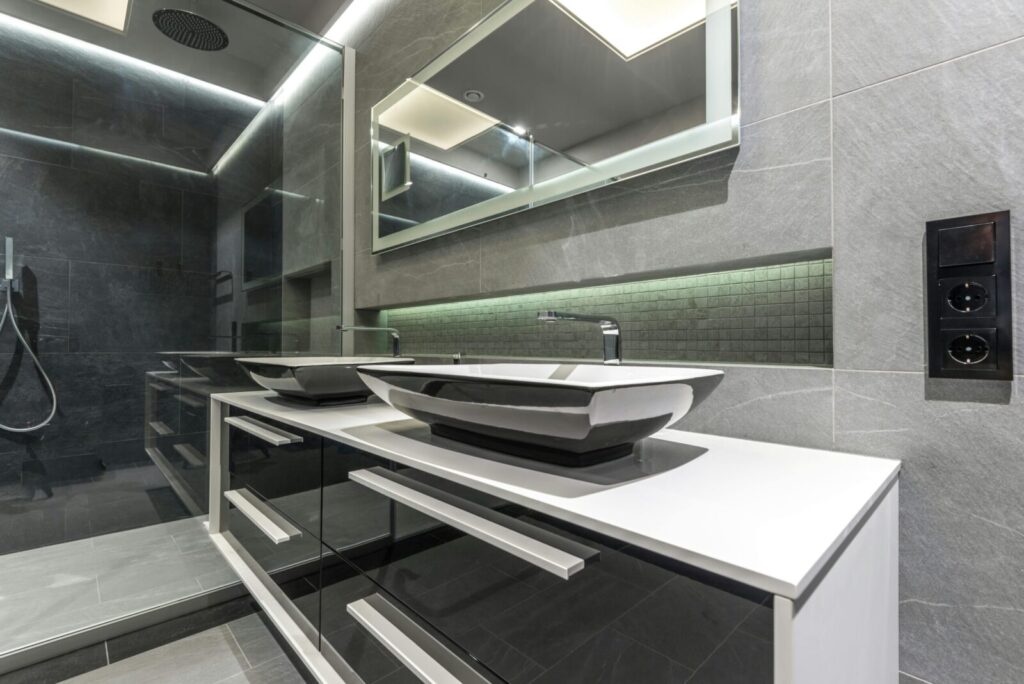
Designer faucets, high-tech showers, and waterfall tubs can add style, but the extra cost rarely improves everyday use. These fixtures may require specialized parts or maintenance that drives long-term expenses. Standard, well-made fixtures often perform equally well and last longer. While luxury bathroom pieces may impress initially, they seldom justify their high price compared to reliable, mid-range alternatives that satisfy both homeowners and future buyers.
11. Expensive Outdoor Kitchens
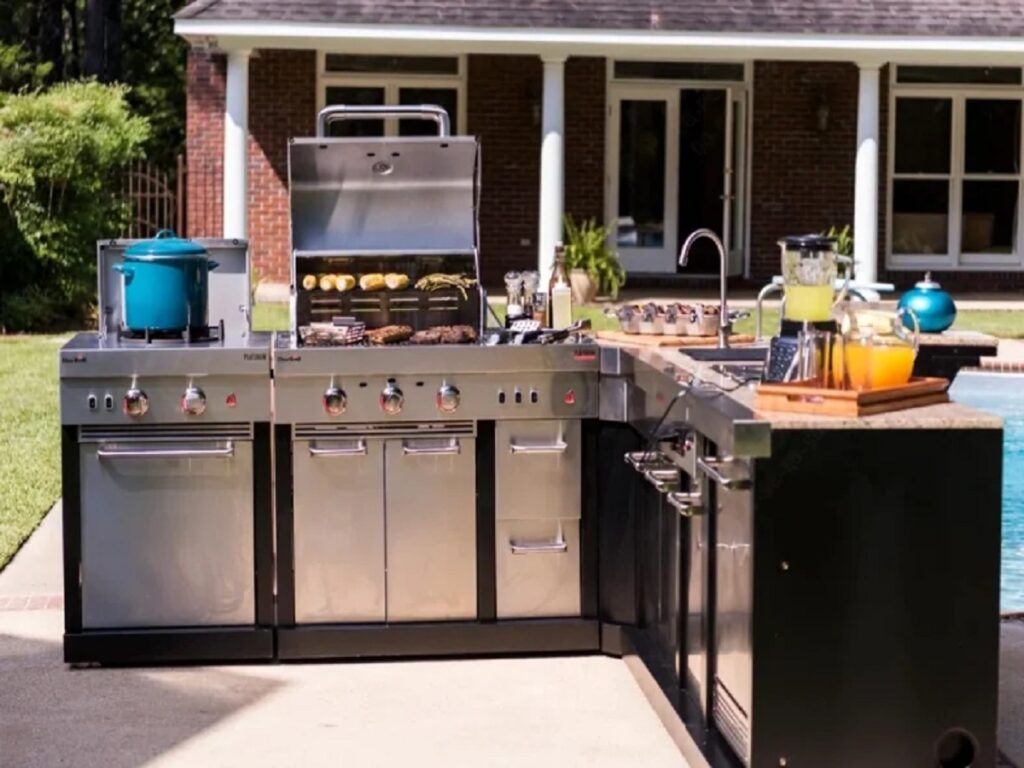
Outdoor kitchens sound appealing for entertaining, but they require substantial investment and maintenance. Exposure to weather can damage appliances, countertops, and cabinets, while cleaning and upkeep become ongoing chores. Many homeowners end up using these areas far less than expected. Simple grills, seating, and fire pits offer social functionality without the complexity and cost. Overbuilding an outdoor kitchen rarely provides a proportional return on investment.
12. Overly Customized Cabinets
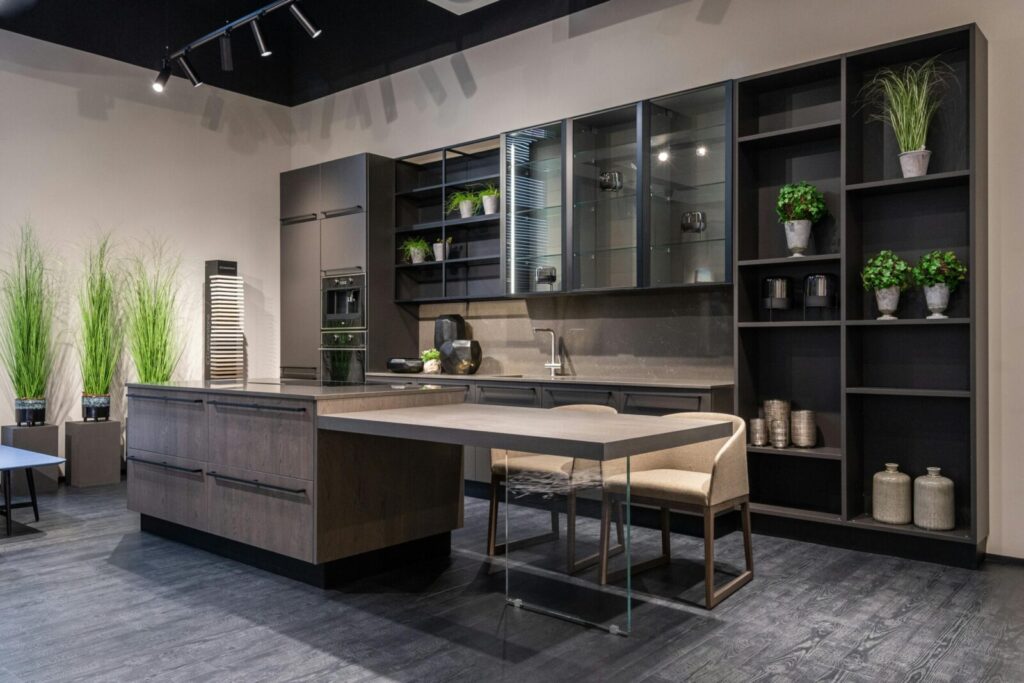
Custom cabinetry can look beautiful, but it’s often costly and difficult to modify. Homebuyers may prefer standard designs that allow personalization, and overly unique cabinets can feel outdated quickly. Semi-custom or modular cabinetry achieves a similar aesthetic with far less expense. Choosing timeless materials and neutral finishes ensures longevity and broader appeal. Spending excessively on bespoke cabinets often delivers style over practical benefit.
13. Expensive Home Gym Equipment
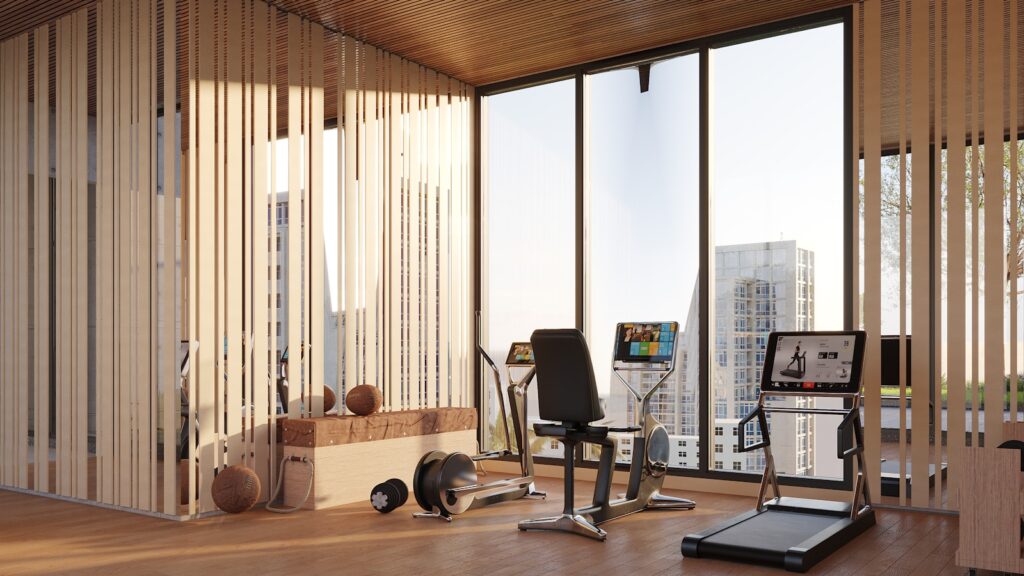
Turning a spare room into a home gym may seem practical, but equipment costs, maintenance, and space requirements can outweigh the benefits. Most people underutilize these setups, and bulky machines can limit room versatility. Simple, versatile tools like resistance bands, dumbbells, or foldable cardio machines offer functionality without permanent commitment. Investing heavily in gym installations often leads to wasted space and money if routines aren’t maintained consistently.
14. Oversized Decks and Patios
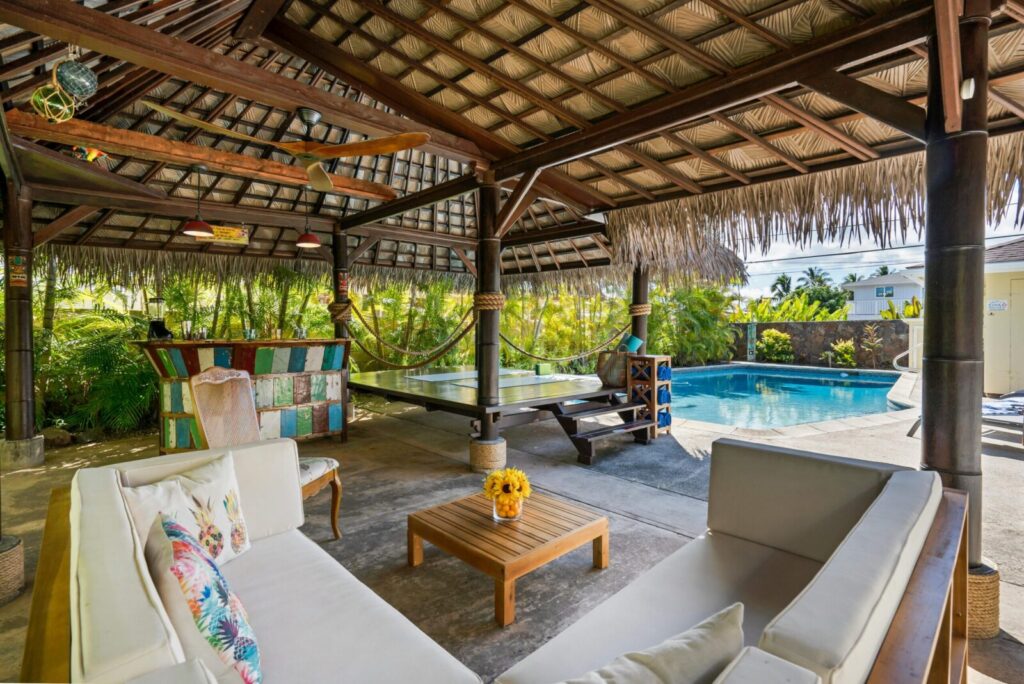
Large decks or patios can dominate outdoor spaces and increase construction costs without offering proportional enjoyment. Overbuilding may require ongoing maintenance, and future buyers might prefer modest, functional spaces. Smaller decks or patios with durable materials and smart layouts provide similar enjoyment with far less upkeep and cost. Paying for extensive outdoor expansions rarely produces significant returns, making moderation a smarter choice.
15. Fancy Staircase Upgrades
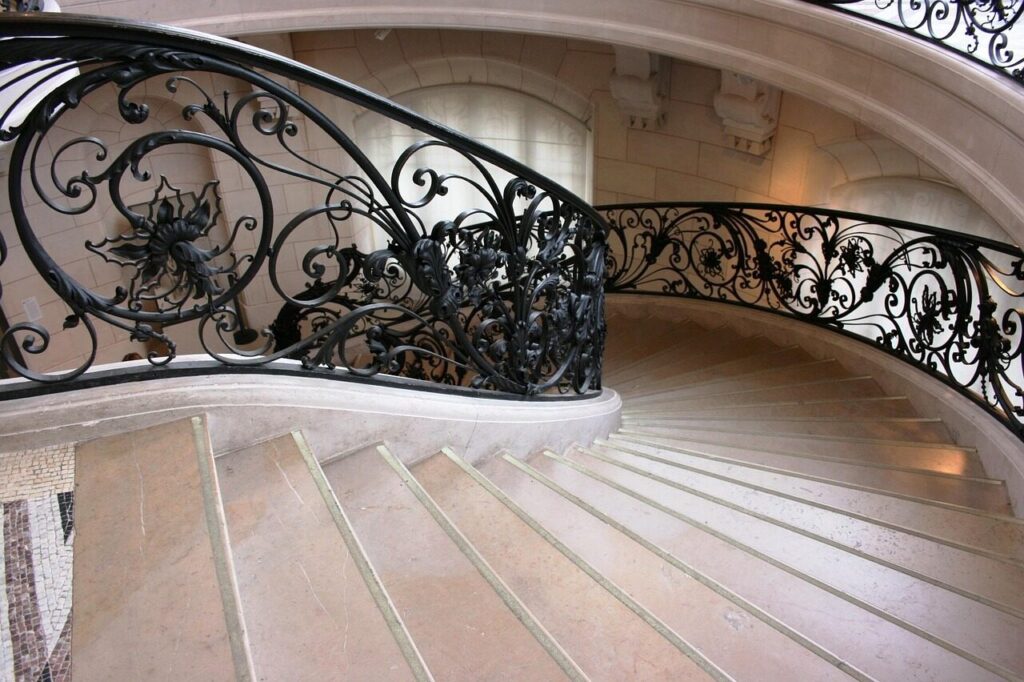
Curved staircases, custom railings, or exotic wood treads may look dramatic, but are expensive and difficult to maintain. These features rarely appeal to all buyers, and minor damage can be costly to repair. Simple, sturdy designs with neutral finishes often satisfy both functionality and aesthetics. Investing heavily in staircase extravagance tends to prioritize visual impact over practical value or long-term durability.
16. Built-In Refrigerators
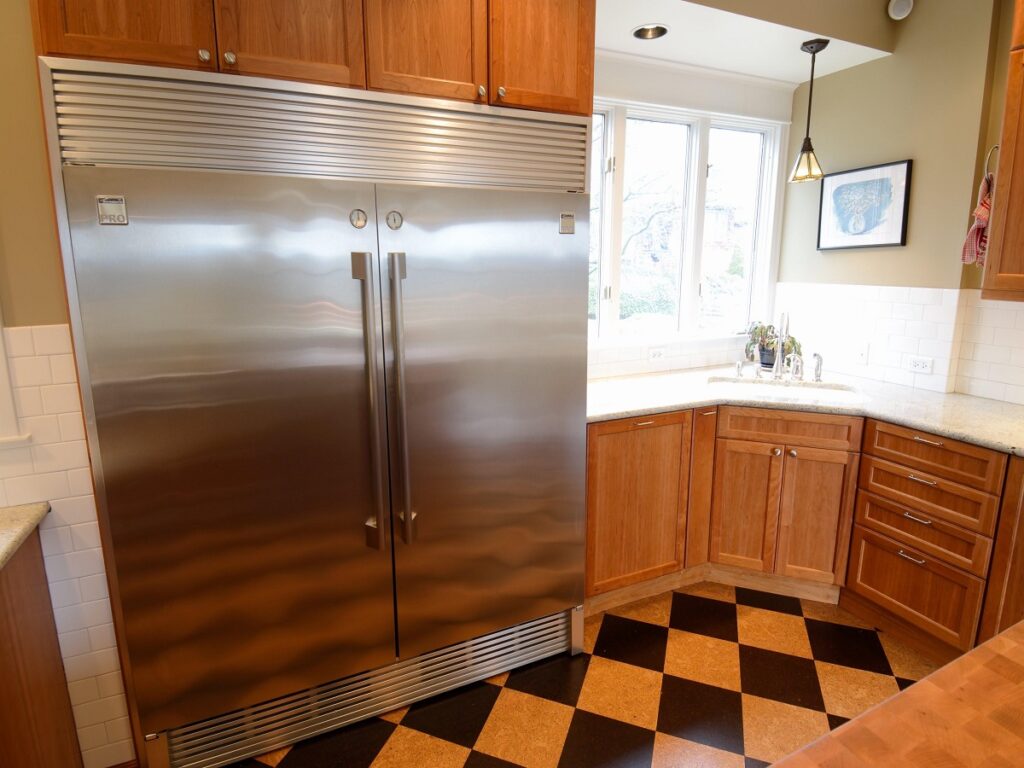
Built-in refrigerators create a sleek look, but they’re far more expensive than freestanding units and difficult to replace. Repairs or replacements often require specialized parts, and limited sizes may not suit changing needs. Standard, high-quality refrigerators deliver comparable performance and flexibility. While built-ins can impress in design photos, they rarely justify the steep cost for everyday use, especially when considering long-term maintenance.
17. Overly Themed Rooms
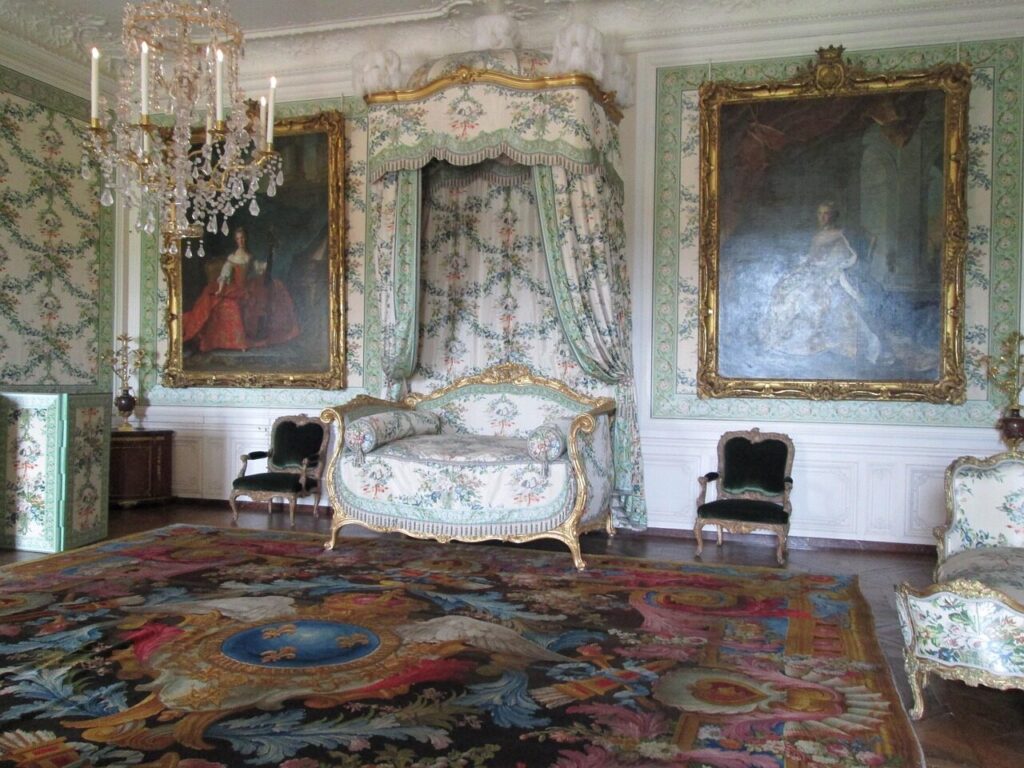
From medieval-style dens to ultra-modern sci-fi bedrooms, themed rooms may express personality but can alienate future buyers. Such customizations are costly and may require complete remodeling if tastes change. Neutral, versatile designs offer flexibility, making the space appealing to a wider audience. Investing in highly themed interiors often prioritizes short-term enjoyment over long-term practicality and resale potential.
18. Luxury Garage Upgrades
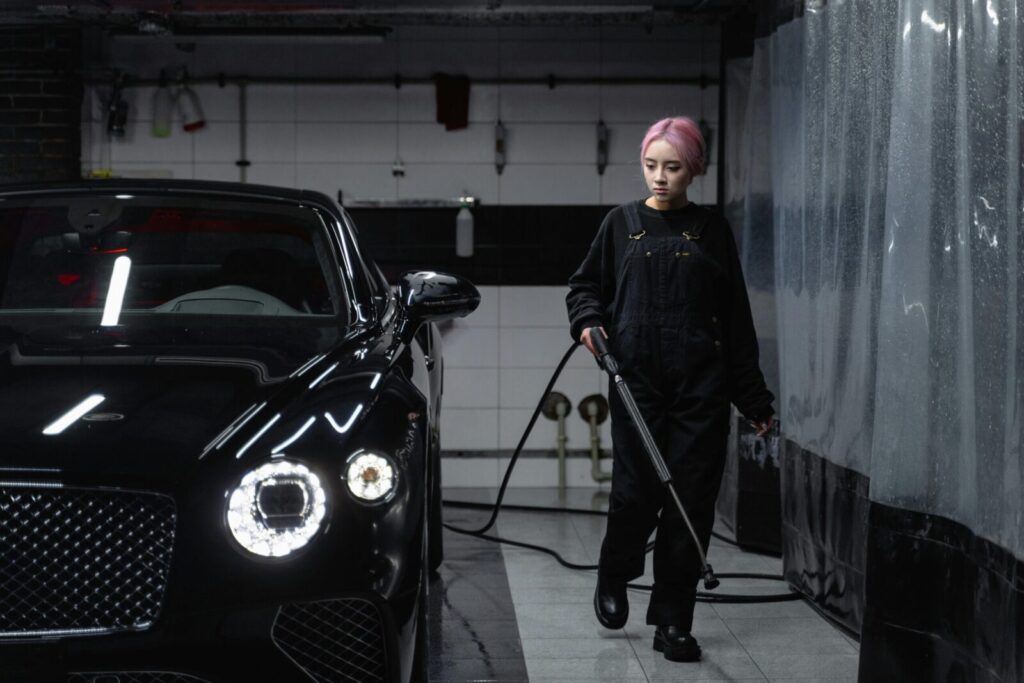
Epoxy floors, built-in storage walls, or climate control in a garage can look impressive but often provide limited functional value. Most buyers prioritize living spaces over garage amenities, making these upgrades low-return. Simple organization systems and durable flooring solutions deliver practical benefits without massive costs. Overspending on luxury garage features rarely increases property value proportionally, and maintenance can become burdensome.
19. High-End Window Treatments
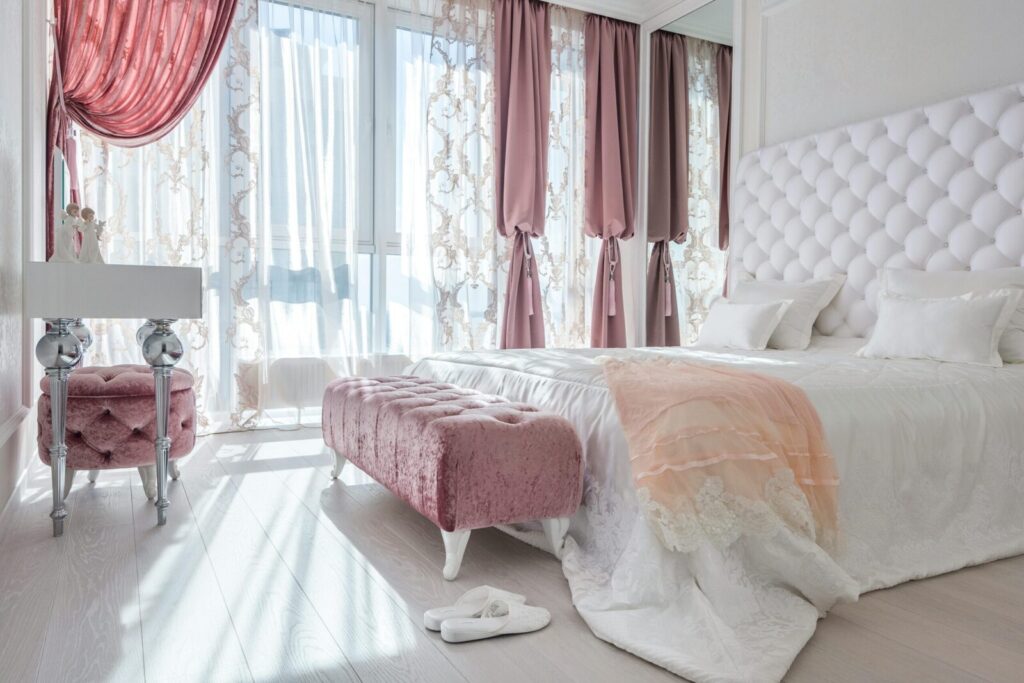
Designer drapes, motorized blinds, or specialty glass are visually striking but costly. Many homeowners rarely use the features fully, and trends change quickly. Standard curtains, shades, or energy-efficient windows often offer similar comfort, privacy, and light control at a fraction of the cost. Overinvesting in luxury window treatments usually emphasizes style over substance, providing limited functional benefit relative to the price.
20. Premium Paint Finishes
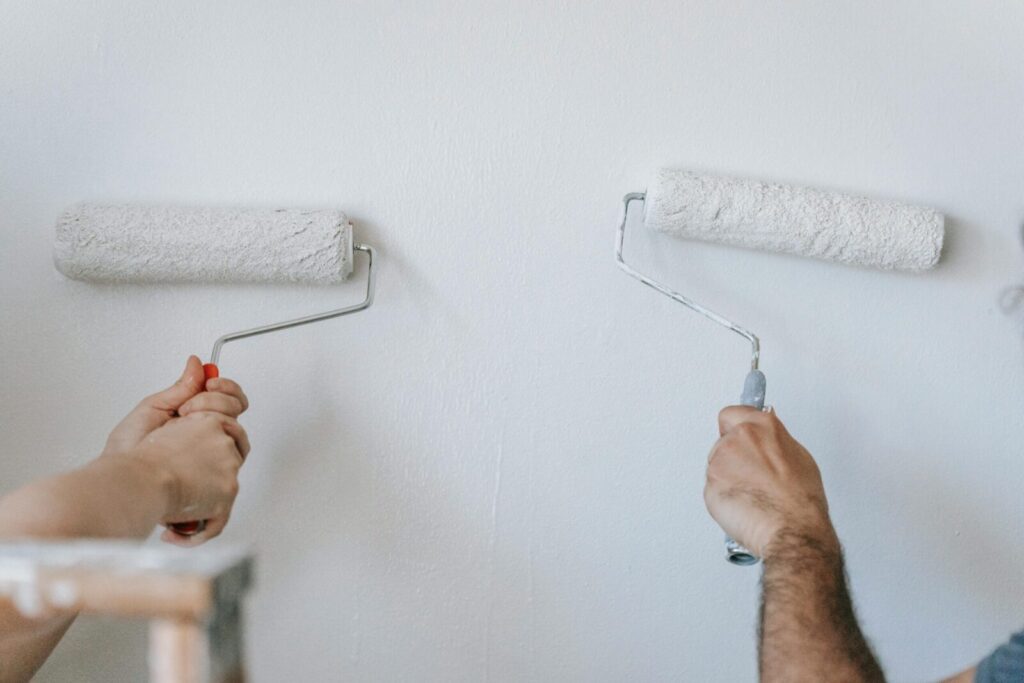
Specialty paints, textured coatings, or custom colors can add visual interest, but they rarely justify the extra expense. Standard, high-quality paint offers similar durability, ease of maintenance, and aesthetic appeal. Custom finishes may require touch-ups or repainting more often if trends or tastes shift. Investing heavily in paint upgrades often prioritizes appearance over practical benefits, making moderate, timeless choices the smarter and more cost-effective approach.
Comments